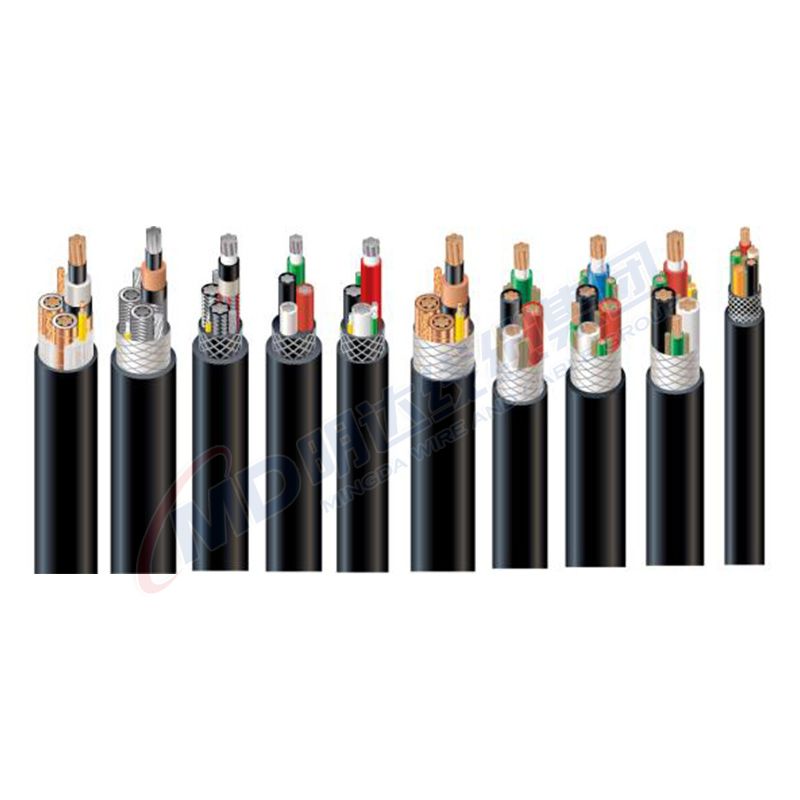Lis . 27, 2024 07:25 Back to list
Flanged Swing Check Valve Specifications and Applications for Optimal Performance
Understanding Swing Check Valve Flange Type A Comprehensive Overview
In the realm of fluid dynamics and piping systems, valves play a pivotal role in regulating the flow of liquids and gases. Among the various types of valves, swing check valves are widely recognized for their functionality and reliability. In this article, we will delve into the details of swing check valve flange types, discussing their design, advantages, applications, and considerations for selection.
What is a Swing Check Valve?
A swing check valve is a type of one-way valve that allows fluid to flow in one direction while preventing backflow. It operates using a hinged disc that swings open with the flow and closes when the flow reverses. This simple yet effective mechanism is crucial in many applications where backflow can cause system failures or contamination.
Flange Type Valves
Flange type swing check valves are designed to connect to piping systems through flanged connections. These valves have flanges on both ends, which allow them to be bolted to the corresponding flanges of the pipes they are connecting. This design provides a robust and secure joint, facilitating easy installation and maintenance.
Design Features
1. Material Construction Swing check valves are made from various materials, including cast iron, bronze, stainless steel, and plastic. The choice of material depends on the fluid being controlled and the conditions of the operating environment, such as temperature and pressure.
2. Disc Design The disc, which is the heart of the swing check valve, can be designed in different shapes and weights. The design influences how quickly the valve opens and closes, as well as how well it seals against backflow.
3. Size and Pressure Ratings Swing check valves come in a range of sizes to accommodate different piping dimensions and flow requirements. Additionally, they are rated for various pressure levels, which is crucial for ensuring that they can handle the operating conditions without failure.
4. End Connections Besides flanged ends, swing check valves can also feature other types of connections, including threaded, welded, or socket ends. Flanged connections are popular in industrial applications due to their ease of installation and the ability to easily dismantle the valve for maintenance.
Advantages of Flange Type Swing Check Valves
2. Ease of Maintenance Flange type valves can be easily removed from the pipeline for inspection or repair without the need for specialized tools.
swing check valve flange type

3. Versatility They are suitable for a wide range of applications, including water treatment, oil and gas, chemical processing, and HVAC systems.
4. Flow Optimization The disc's design allows for minimal pressure drop across the valve, which contributes to efficient flow management in the system.
Applications
Swing check valve flange types are used in various industrial and municipal applications. Some notable examples include
- Water Systems Preventing backflow in water supply systems, irrigation, and wastewater treatment facilities. - Pumping Stations Protecting pumps from damage due to reverse flow. - Chemical Processing Ensuring that chemicals do not flow back into storage tanks or reaction vessels. - Heating and Cooling Systems Maintaining flow in HVAC applications, ensuring proper temperature regulation.
Key Considerations for Selection
When selecting a flange type swing check valve, several factors must be evaluated
1. Fluid Characteristics Understand the properties of the fluid being controlled, including viscosity, corrosiveness, and temperature.
2. Pressure and Temperature Ratings Ensure that the valve can withstand the operational pressure and temperature of the system.
3. Installation Space Consider the available space for installation and whether the valve's size and connection type will fit the existing piping.
4. Regulatory Compliance Some applications may require valves that meet specific industry standards and certifications.
Conclusion
Swing check valve flange types are a reliable solution for preventing backflow in various fluid systems. Their robust design, ease of installation, and versatility make them an excellent choice for industrial and municipal applications alike. By understanding their features and the considerations for selection, engineers and operators can ensure that they choose the right valve to meet their specific needs. With the proper maintenance and operational awareness, swing check valves can provide long-lasting, efficient performance, contributing to the overall success of fluid management systems.
Share
-
Reliable Wafer Type Butterfly Valves for Every IndustryNewsJul.25,2025
-
Reliable Flow Control Begins with the Right Ball Check ValveNewsJul.25,2025
-
Precision Flow Control Starts with Quality ValvesNewsJul.25,2025
-
Industrial Flow Control ReliabilityNewsJul.25,2025
-
Engineered for Efficiency Gate Valves That Power Industrial PerformanceNewsJul.25,2025
-
Empowering Infrastructure Through Quality ManufacturingNewsJul.25,2025